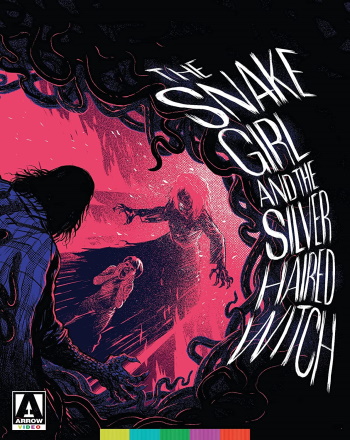The Snake Girl and the Silver Haired Witch
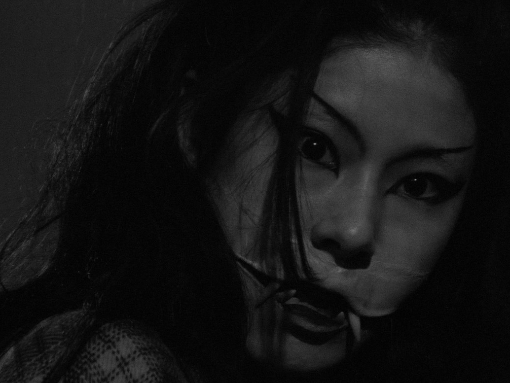
See more details, packaging, or compare
Synopsis
What do you get when Noriaki Yuasa, director of Daiei Studios’ much-beloved Gamera series, makes a monochrome film adaptation of the works of horror manga pioneer Kazuo Umezu (The Drifting Classroom)? The answer is 1968’s The Snake Girl and the Silver-Haired Witch, a fantastically phantasmagorical slice of twisted tokusatsu terror ostensibly made for children that will irreparably traumatise any child that sees it!
A young girl named Sayuri is reunited with her estranged family after years in an orphanage – but trouble lurks within the walls of the large family home. Her mother is an amnesiac after a car accident six months earlier, her sullen sister is confined to the attic and a young housemaid dies inexplicably of a heart attack just before Sayuri arrives… is it all connected to her father’s work studying venomous snakes? And is the fanged, serpentine figure that haunts Sayuri’s dreams the same one spying on her through holes in the wall?
Making its worldwide Blu-ray debut and its home video premiere outside Japan, this rarely-screened, nightmarishly disorienting creepshow not only displays a seldom-seen side of kaiju auteur Yuasa, but its skilful blending of Umezu’s comics (published in English-language markets as Reptilia) arguably anticipates many of the trends seen in J-horror decades later.
Picture 7/10
Arrow Video presents Noriaki Yuasa's The Snake Girl and the Silver Hair Witch on Blu-ray, presenting the film in its original aspect ratio of 2.35:1 on a dual-layer disc with a 1080p/24hz high-definition encode.
The notes around the restoration aren't very detailed outside of the master being created in 2021. That was a nice little surprise since I was coming into this expecting an older master, but I still tempered my expectations. Thankfully, there's no need to be worried: this looks rather good.
Restoration efforts appear to have been minimal, maybe a simple run-through using automated software or something of the sorts, so it's not spotless. There's plenty of scratches and tram lines, minor stains, and so on, but I wouldn't say any of it is overly heavy, and it's usually mild, even at its worst. What I was most impressed with was how clean the scan and end digital presentation were. I'm assuming the scan was done on a later generation source, an interpositive at best, because detail within the actual picture is still a bit limited, but I was impressed with how well the film's grain has been captured and rendered. Even if the image could stand to be a little bit sharper it still has a nice film texture to it.
Contrast and grayscale are pretty good, with nice gradients and shifts in the grays. Blacks never really reach a pure level, and some of those darker shots can look a bit murky and flat, but I'll put that more down to elements and the original photography. In all, it's far from perfect, but a fair amount of effort and care has still been clearly put into this.
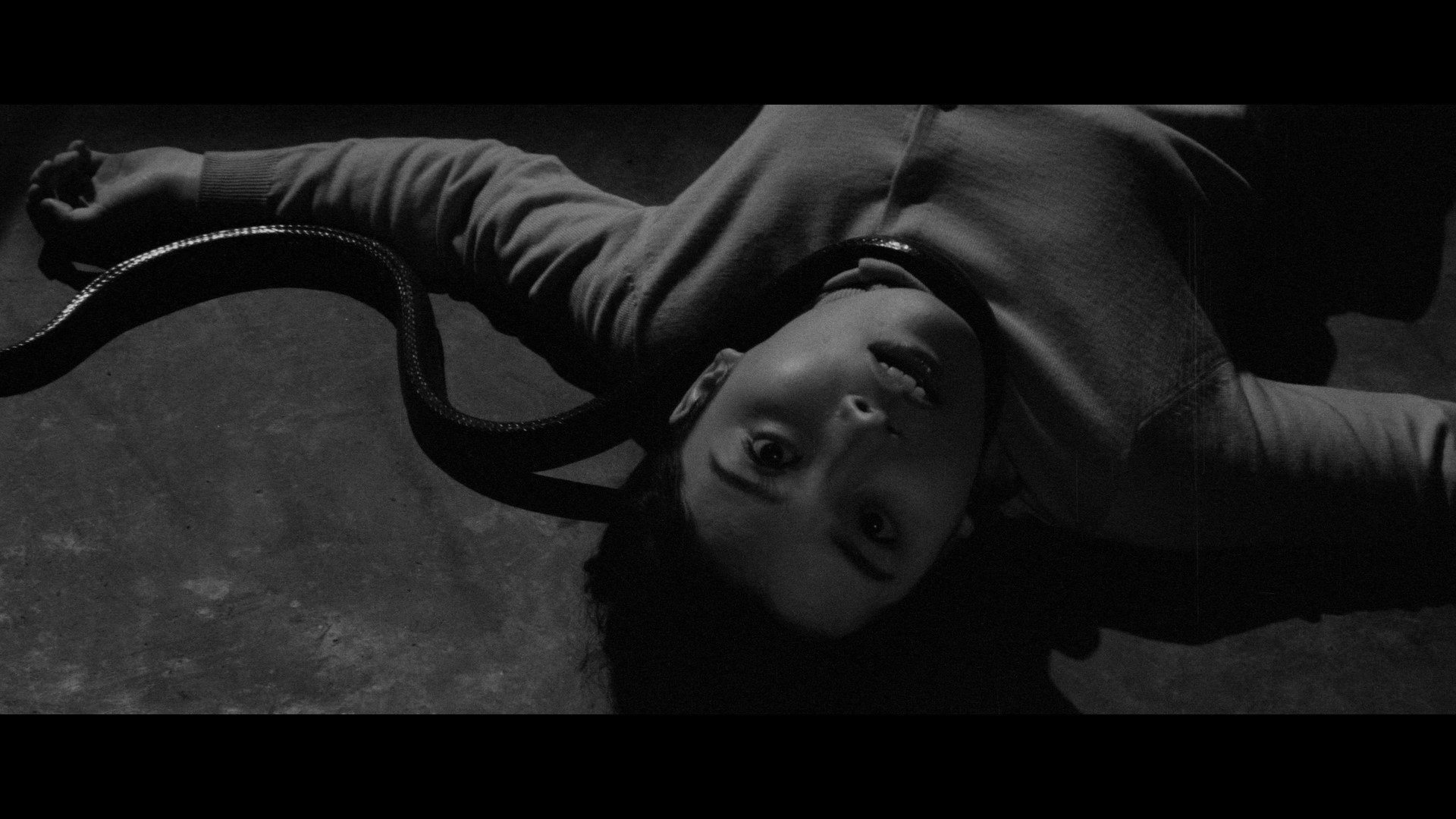


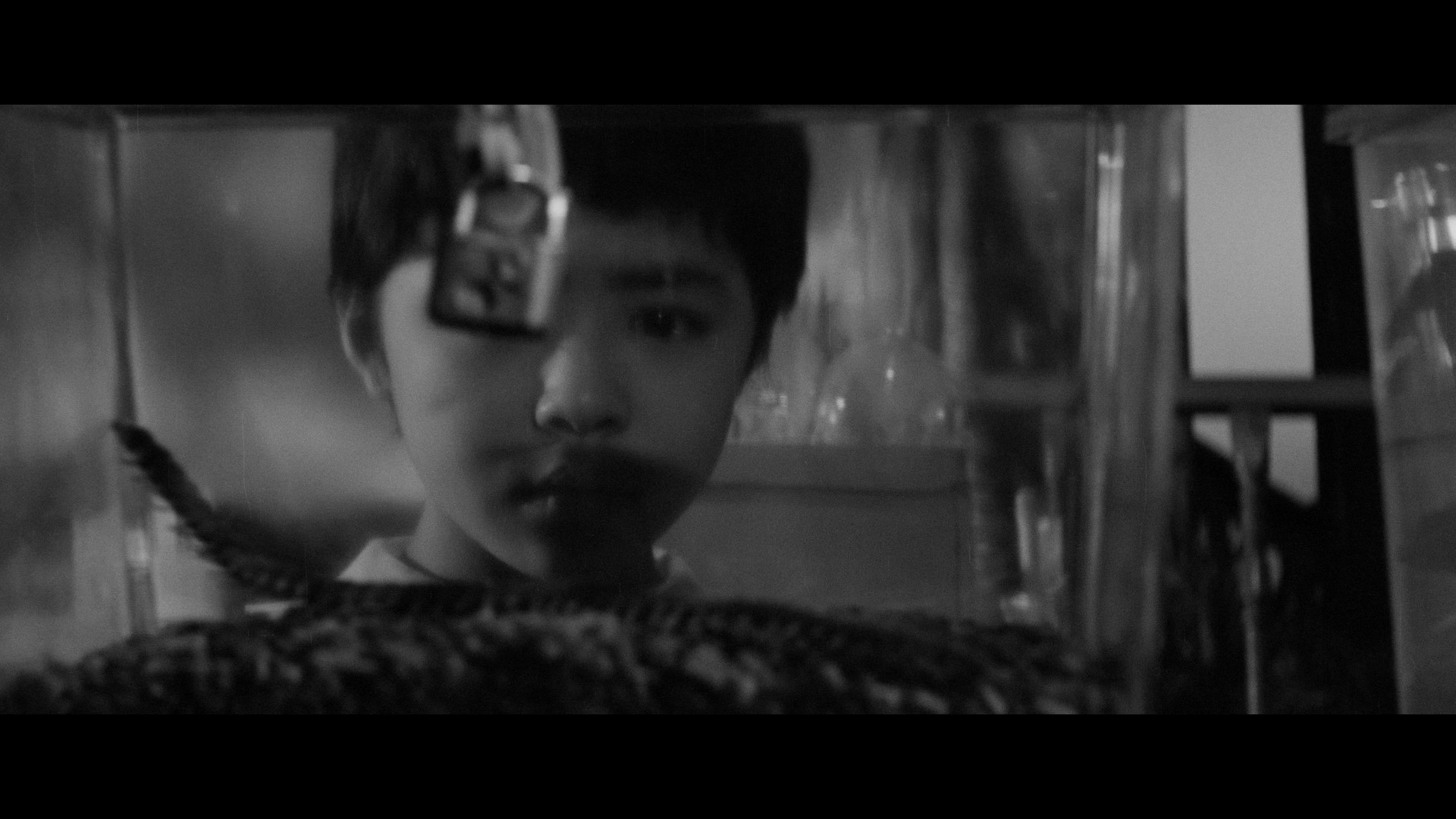

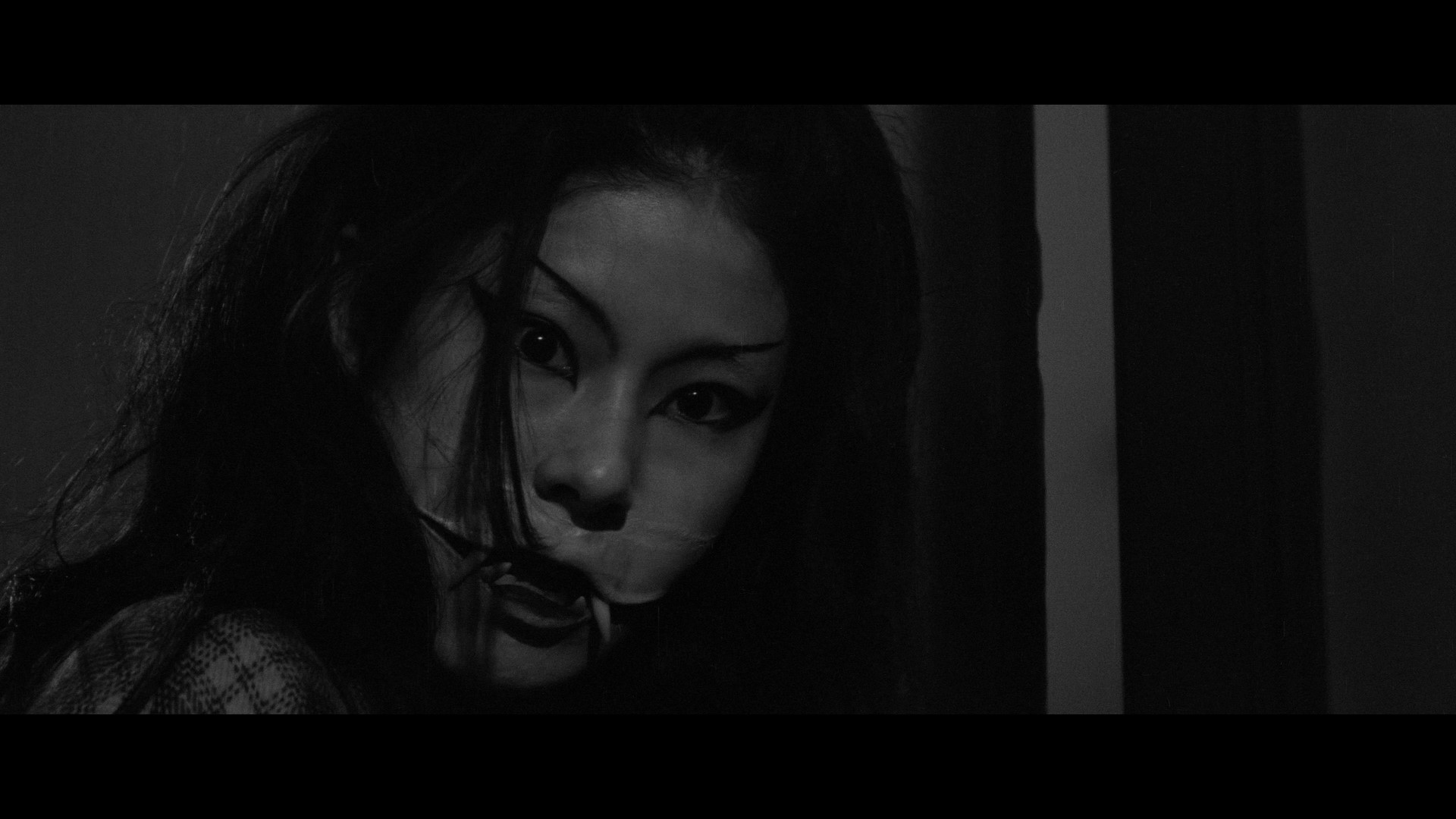
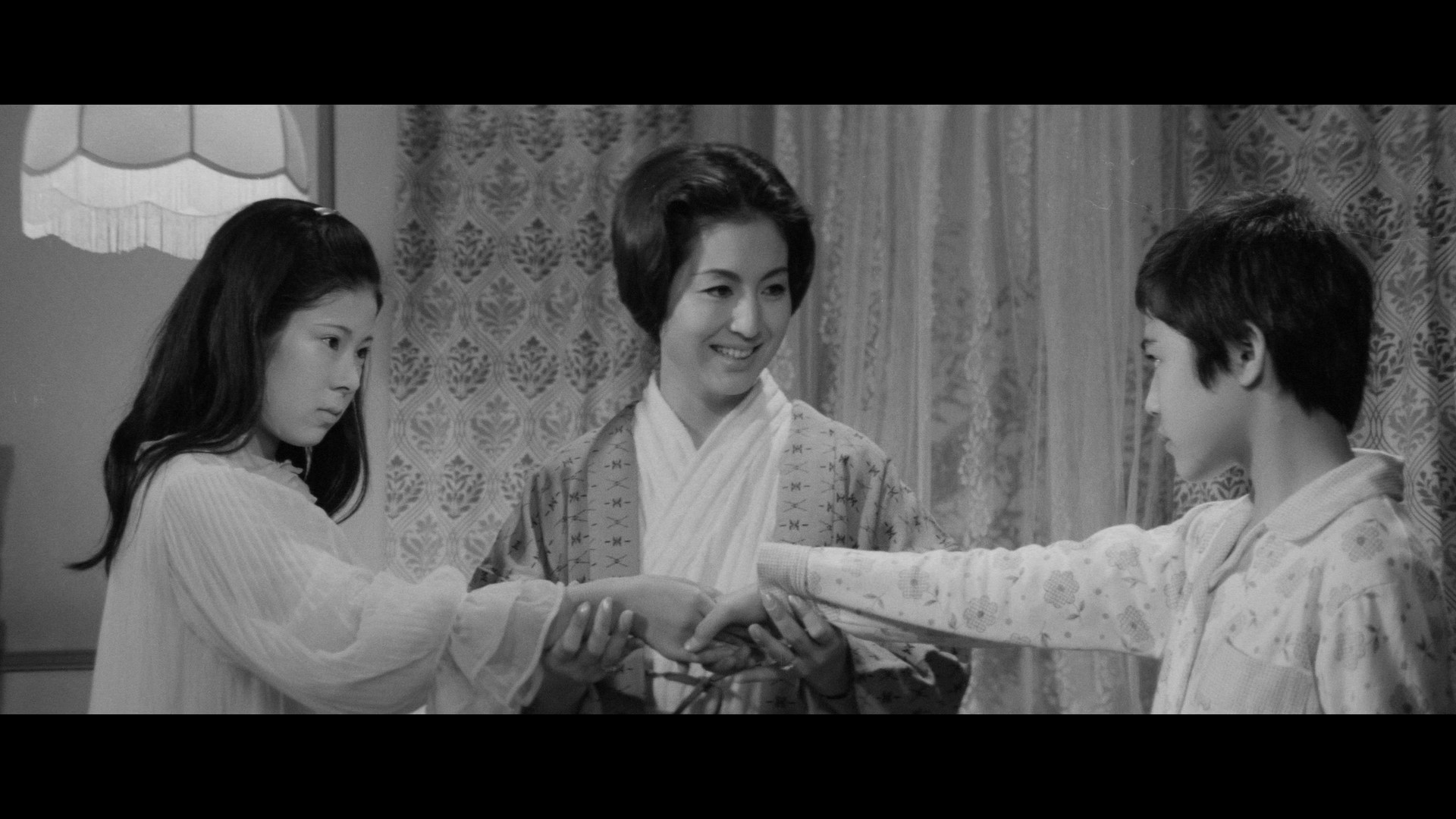







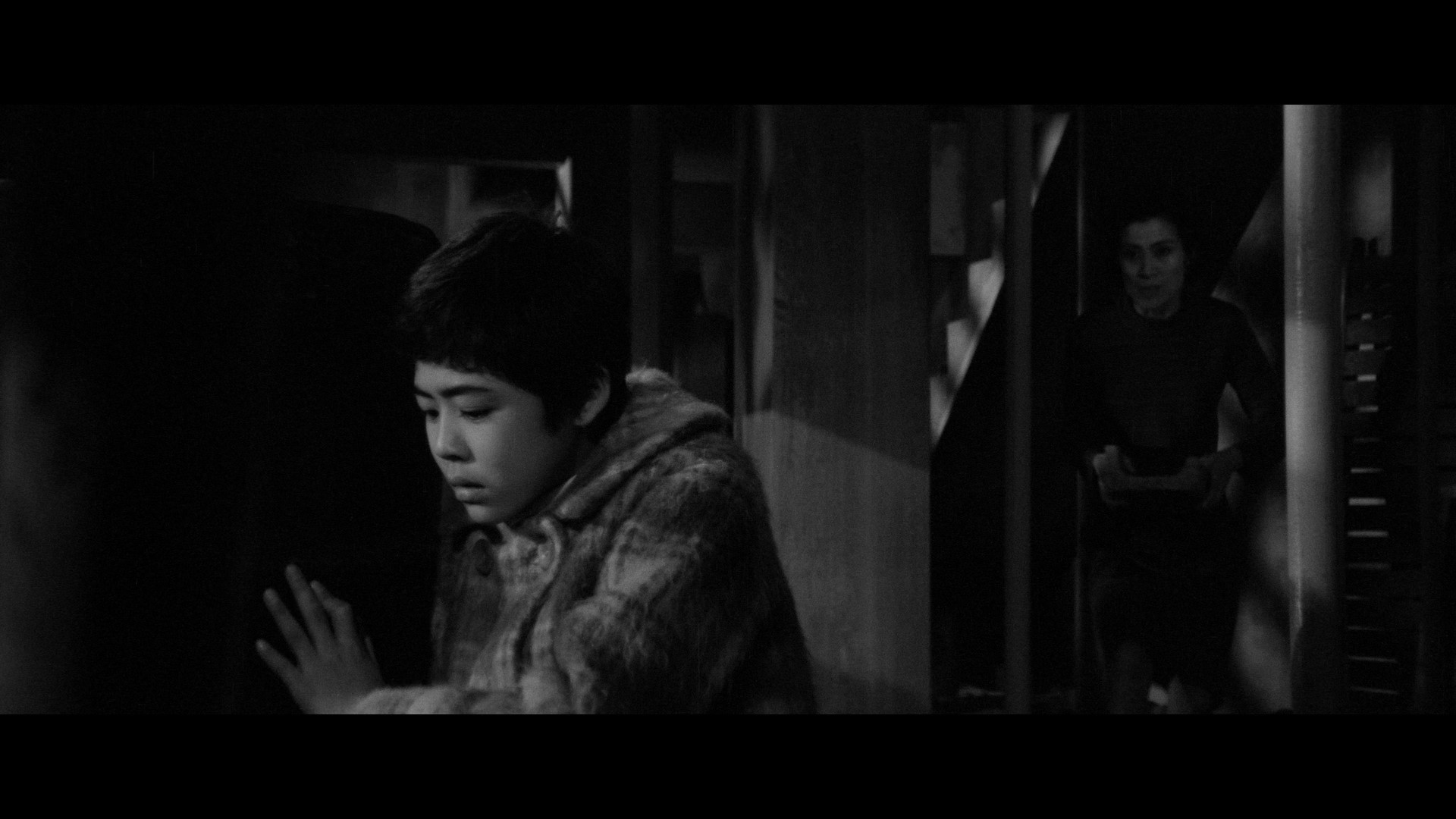















Audio 5/10
The Japanese DTS-HD MA single-channel monaural is flat and a little edgy, but clear enough. Range is very limited, but thankfully damage is not an issue.
Extras 8/10
Arrow has put together an impressive little special edition for the film, even managing to get David Kalat to do an audio commentary for the film. As usual, Kalat delves deep into the film's production history and even touches on the influences and the source Manga it's based upon (though very loosely), written by Kazuo Umezu. On top of this he also links the film to various Japanese horror sub-genres, pointing out how the film manages to show elements of classical Japanese horror stories, the Japanese monster movies of the time, and what would eventually be known as J-Horror, though in the case of the latter he admits one has to do some mental gymnastics to get to that link. This also leads to discussion on how the film is a fairy tale told from a child's point view, and for him this raises some narrative possibilities,like how a lot of what we're seeing could be figments of the film's young protagonist's imagination, or even completely fabricated. On top of all of that he even manages to talk in detail about the director's background along with the history and troubles of the film's backing studio, Daiei. As usual, it's jampacked with material and excellent observations, and it also helped me to appreciate the film a little more after I probably came at it from the wrong angle.
To accompany that track Arrow next includes a 27-minute interview featuring Manga folklore scholar Zack Davisson, who expands on the film's "source" Manga and the folklore aspects found within it. Interestingly, he gives a rather expansive history on where a number of elements in the story came from, and how some of these, like the Snake Woman, were influenced by other cultures and their folklore once Japan started opening up more to the rest of the world. Those influences from other cultures also changed how stories were told, with forms of panel art being adjusted and adapted to take a form similar to American comic books, leading to modern Manga. I'm generalizing and condensing a lot there, Davisson getting into far more detail and depth. He thoroughly explains how all of these advancements and developments were born from one another, almost as if James Burke ended up doing some sort of birth of Manga episode for Connections. Davisson then talks about how Manga has morphed and adapted to the times through the years, and he of course talks about the story on which this film is based and its author, Kazuo Umezu. Davisson has an infectious passion for the subject, making this a bit of fun to watch.
The disc then closes with a small gallery that includes production photos, posters and VHS art, along with the film's trailer. First editions also features an essay by author Raffael Coronelli, who goes through the story, its imagery and genre tropes, and what it all more than likely represents psychologically for the lead character. It's short and uses a slightly larger font compared to what Arrow usually uses in their booklets, but I thought it was a good read.
It's a small edition in the end, but the commentary and the included interview both provide a lot of context to the film and the folklore its based on, and I appreciated the Manga crash course.
Closing
A nice little surprise, Arrow delivering a good looking presentation and a couple of great supplementary features.
